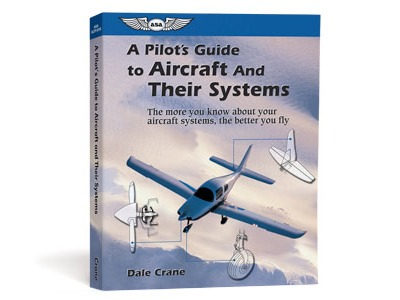
 None
(0 pcs.)
None
(0 pcs.)
 Paypal, Payment in cash, Payment via bank transfer, Paynow (BLIK, przelew bankowy, płatność kartą)
Paypal, Payment in cash, Payment via bank transfer, Paynow (BLIK, przelew bankowy, płatność kartą)
![]()

![]()

The first airliners had to be both mechanics and pilots... early planes and engines were less than completely reliable. In the situation of forced landing they had to find themselves and fix the problem to erupt the plane into the air-fortunately their planes were not complicated in the systems or complicated to fix. In the course of more than half a century since the Second World War, aircraft have become an essential component of our transport system, developed and precisely tuned to become now fast, efficient, reliable and safe machines. The technological progress, however, brought additional complications that require the plane to be operated exactly as the designer intended. To do this, the pilots need to understand what it controls every handle or knob and what it can expect from any system. The pilot's guide to airplanes and their systems supplies pilots and airplanes with an explanation and insight into what the planes do, the power plant and each of the systems, and does so in the language they can identify with. Dale Crane covers everything, writing in a simple way, from single-engine tines to multi-engined turbines, including:
Understanding their aircraft systems will help pilots to enjoy flying more efficiently and make them safer and more efficient airmen.